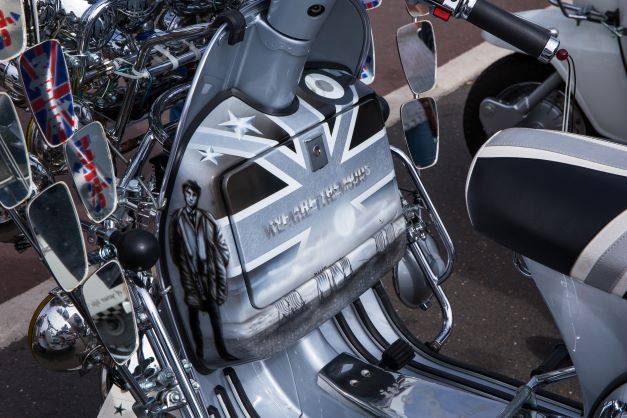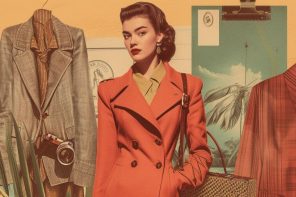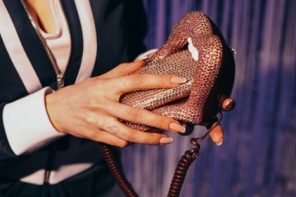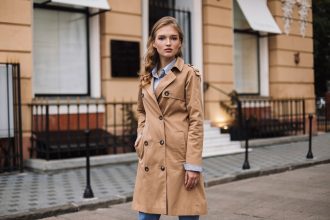Mod is a style of fashion first popularised in England during the 1960s – it was a subculture in the UK that was influenced by music and fashion at the time, as well as workwear from the 1950s.
Mod clothing is characterised by bright colours, bold patterns, and a distinctive silhouette defined by skinny suits and skinny ties. The mod look has grown beyond its roots over the past half-century or so. The aesthetic can be found all over the globe today (mainly men’s vintage clothing ranges), from Tokyo to New York City.
What is mod clothing?
The mod style of clothing and fashion is inspired by the 1950s, with tailored suits and sharp dress shirts being key to the look. Mods were a working class youth subculture who rebelled against middle-class values by riding scooters instead of motorcycles or driving cars; wearing tailored clothes over leather jackets; sporting long hair (as compared to skinheads); listening to soul music instead of rock ‘n roll; following fashion trends from London rather than American hip hop culture; questioning authority figures like teachers or police officers as opposed to rebelling against them outright etc .
Mod clothing ranges from simple t-shirts emblazoned with band names (such as The Who), to button-down shirts with skinny ties worn over jeans/trousers with loafers or brogues – although these days any combination will do if it makes you feel good about yourself!
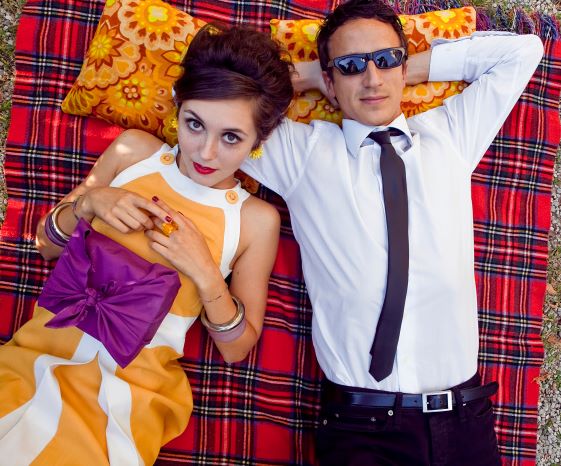
British style – What Is It?
British style is about combining classic and contemporary looks, mixing high-end and high street, mixing old with new, mixing masculine with feminine. It’s hard to define but you know it when you see it.
If British style means anything at all, it might be that a good outfit should be able to fit seamlessly into any occasion: casual or formal, day or night. And while these are the most obvious signifiers of British style—the willingness to mix things up—there are many other ways we express our national identity through our sartorial choices: by incorporating unexpected materials like denim; by looking back at historical icons for inspiration; by drawing inspiration from across Europe (particularly France).
Tonal dressing
Tonal dressing is based on the principle of pairing similar tones and textures, such as a piece in black and white or navy and denim. This allows you to create a cohesive look without having to purchase an entirely new wardrobe.
When you’re starting out with tonal dressing, it is recommended that you stick with neutral shades—black, white, grey, brown and tan are classic options that will serve you well no matter what your personal style may be.
As long as you have some basics like this—at least two of each colour—you can easily create multiple outfits in one day by simply changing up your accessories or adding a scarf or hat for different seasons.
If budget constraints are holding back your style goals from coming true (as they often do), start small by adding just one piece at a time until you’ve created a full collection that’s both wearable for every occasion and uniquely yours!
Mod fashion pieces to invest in.
The mod movement is all about quality, so invest in pieces that will last.
● Trousers that are slim and tapered can be found at most high street retailers and tailor-made. If you’re looking for something more unusual, check out stores selling vintage men’s clothing or online sites specialising in vintage clothing.
● Good quality shoes are an essential part of any look; a pair of brogues will go with almost anything you choose to wear and will last years. Leather shoes are best as they age well; suede may look great when new but usually doesn’t hold up over time if worn regularly (unless it’s very expensive).
Conclusion
Mod fashion is about more than just being stylish—it’s also about self-expression. Mod culture has a long history of standing up for what you believe in, and it’s still relevant today. With the right attitude and a little bit of creativity, there’s no limit to what you can do with this look!
To learn more about mod history, visit places like London’s Carnaby Street or Brighton’s Lanes where you’ll find classic shops selling vintage mod clothing or purchase relevant books.
- Unlocking Your Potential: How Golf Tuition Holidays Can Improve Your Game - January 25, 2024
- How Vintage Clothing Influences Modern Fashion - January 19, 2024
- How to Reduce Inflammation in the Body - January 31, 2023
- Women Fall and Winter Fashion 2022-23: Comfortable Elegance - November 8, 2022
- A Modern Guide To Mod Clothing - August 31, 2022
- The Benefits Of Getting A Hair Transplant - June 29, 2021
- What to Look for When Buying a Malaysian Condominium - June 17, 2021
- Looking after your skin in winter to avoid dry, dull and chapped skin - May 2, 2020
- Pick the Right Trench Coats for Women - January 3, 2020
- How to pick the right live wedding entertainment - October 1, 2019

